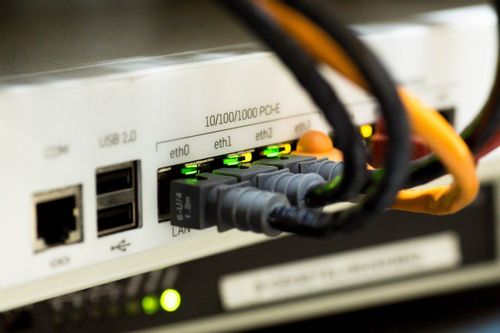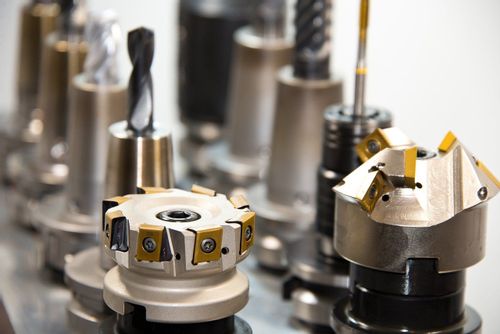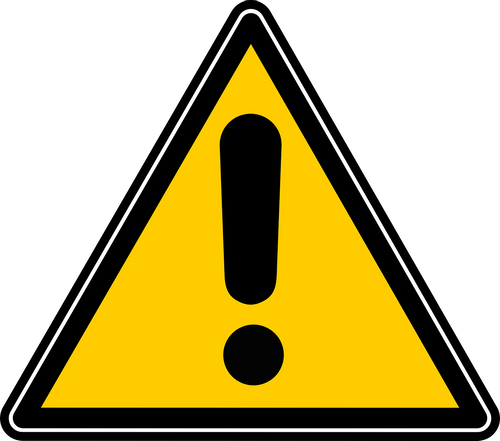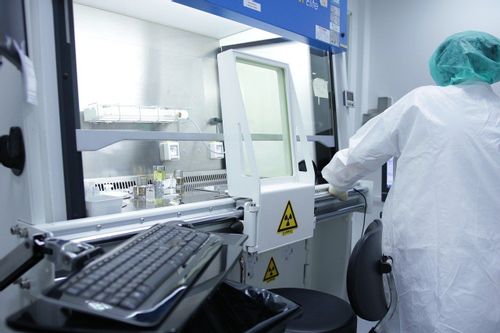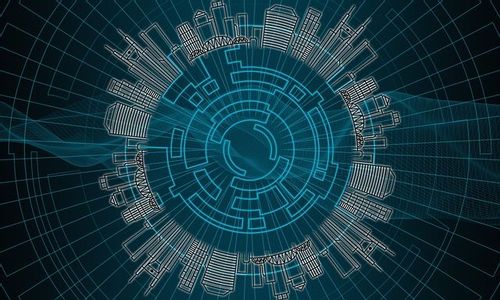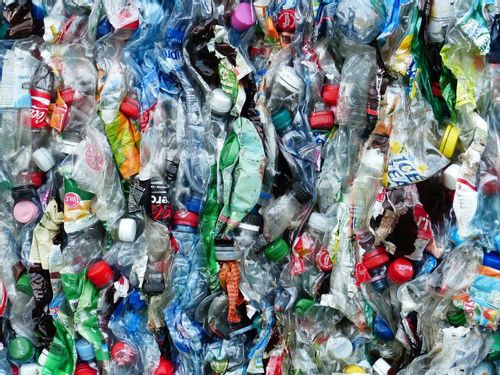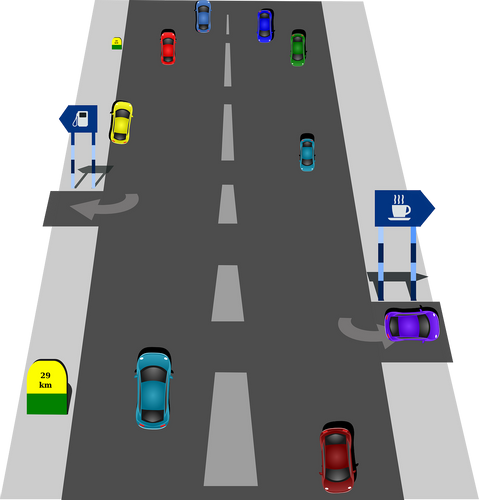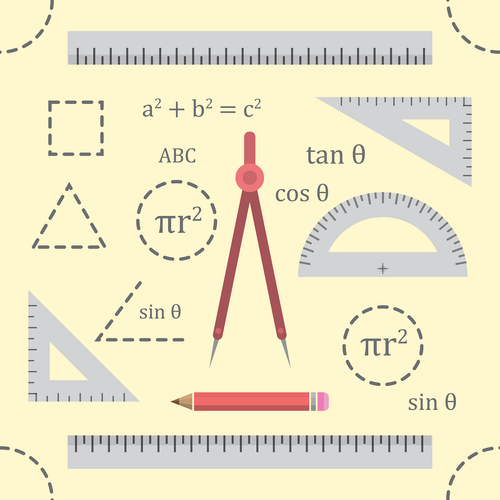Standards Packages
iTeh together with SIST has developed and compiled a comprehensive collection of standard packages to support your standard requirements. Our packages cover an array of content that includes quality management, risk management, road vehicles, machine safety, and much more. With over 200 packages to choose from, you are sure to find a collection to suit your standard needs.
Latest Standards
IEC 60704-2-11:2025 applies to electrically-operated food preparation appliances, either in the form of separate machines with a single function or in the form of multi-purpose machines with appropriate tools or attachments for several functions. These machines are intended for placing on counters, tables, work tops or sinks, for built-in, or for hand-held use, supplied from mains or from batteries and able to ensure the functions described in IEC 60619:1993, Clause 4 and IEC 60619:1993/AMD1:1995, Clause 4. This second edition cancels and replaces the first edition published in 1998. This edition constitutes a technical revision. This edition includes the following significant technical changes with respect to the previous edition: a) definition of various kind of food preparation appliances added; b) revision of the test conditions; c) coffee mills and coffee grinders are removed from the scope. This Part 2-11 is intended to be used in conjunction with the fourth edition of IEC 60704-1:2021, Household and similar electrical appliances - Test code for the determination of airborne acoustical noise - Part 1: General requirements.
- Draft15 pagesEnglish languagesale 10% offe-Library read for1 day
This document provides guidance and requirements for the maintenance and the use of triaryl phosphate esters as fire-resistant fluids for turbine control, other hydraulic systems in power generation and fire-resistant turbine fluids. This document is applicable to fluids under the HFDR category defined in ISO 6743-4 and under the TCD, TSD and TGD categories defined in ISO 6743-5.
- Standard22 pagesEnglish languagesale 15% off
- Standard24 pagesFrench languagesale 15% off
IEC 63185:2025 relates to a measurement method for complex permittivity of dielectric substrates at microwave and millimeter-wave frequencies. This method has been developed to evaluate the dielectric properties of low-loss materials used in microwave and millimeter-wave circuits and devices. It uses higher-order modes of a balanced-type circular disk resonator and provides broadband measurements of dielectric substrates by using one resonator, where the effect of excitation holes and that of fringing fields are taken into account accurately on the basis of the mode-matching analysis. This second edition cancels and replaces the first edition published in 2020. This edition constitutes a technical revision. This edition includes the following significant technical changes with respect to the previous edition: a) the upper limit of the applicable frequency range has been extended from 110 GHz to 170 GHz; b) circular disk resonators used for the measurements now include one with waveguide interfaces; c) in calculating the complex permittivity from the measured resonant properties, the fringing fields are now accurately taken into account based on the mode-matching analysis.
- Draft14 pagesEnglish languagesale 10% offe-Library read for1 day
This document establishes requirements and recommendations for the design format and data content of a drone or UAS remote pilot and remote crew licence, encompassing both visual human-readable features and machine-readable technologies. By establishing a common basis, this document aims to standardize drone or UAS remote pilot and remote crew licence without impeding the efforts of individual national or regional drone or UAS-related authorities. NOTE Not all jurisdictions require drone or UAS remote pilot and remote crew licences.
- Standard35 pagesEnglish languagesale 15% off
IEC 61753-084-02:2025 contains the minimum initial performance, test and measurement requirements and severities which a fibre optic pigtailed 980/1 550 nm wide wavelength division multiplexing (WWDM) device will satisfy in order to be categorized as meeting the requirements of category C (indoor controlled environment), as defined in IEC 61753-1:2018, Annex A. WWDM is defined in IEC 62074-1. The requirements cover devices with single-mode non‑connectorised pigtails. This device has three ports; 980 nm port, 1 550 nm port and common port for output or combining 980 nm and 1 550 nm. This first edition cancels and replaces the first edition of IEC 61753-084-2 published in 2007. This edition constitutes a technical revision. This edition includes the following significant technical changes with respect to the previous edition: a) Change of test conditions harmonizing with IEC 61753-1: 2018.
- Draft13 pagesEnglish languagesale 10% offe-Library read for1 day
- Draft5 pagesEnglish languagesale 10% offe-Library read for1 day
IEC 61340-4-11:2025 specifies the electrostatic testing, design and safe use requirements for composite intermediate bulk containers (IBC) intended for use in hazardous areas. Composite IBC are often filled with flammable liquids which can create an explosive atmosphere in the inner receptacle. The design requirements for composite IBC intended for such use are defined in 7.3.4.5 of IEC TS 60079-32-1:2013. The test procedures described in this document can be used by manufacturers, suppliers and product users for product qualification and compliance verification of new and reconditioned composite IBC. Additionally, the requirements of this document can be used for testing the electrostatic properties of composite IBC, independent of any inspection periods. Precautions regarding the use of composite IBC (e.g., stirring, cleaning etc.) are defined in 7.3.4.5 of IEC TS 60079-32-1:2013. Compliance with the requirements of this document does not mitigate the need for full risk assessment.
- Draft26 pagesEnglish languagesale 10% offe-Library read for1 day
IEC 62037-3:2025 defines the impact test on coaxial connectors to evaluate their robustness against weak connections and particles inside the connector, as independently as possible from the effects of cable passive intermodulation (PIM). For other connectors (e.g. panel mounted connectors), the cable can be replaced by an adequate transmission line (e.g. airline, stripline). In order to evaluate the effects of mechanical stresses on the connectors, a series of impacts is applied to the connectors while measuring the PIM. This third edition cancels and replaces the second edition published in 2021. This edition constitutes a technical revision. This edition includes the following significant technical changes with respect to the previous edition: a) impact test requirements for multi-channel connectors added; b) method for calculating impact energy added for connector shapes other than round; c) revised test considerations for achieving maximum PIM in reverse (reflected) PIM measurements; d) added clarification that PIM tests reports shall include the maximum PIM value measured.
- Draft11 pagesEnglish languagesale 10% offe-Library read for1 day
IEC 62037-8:2025 defines a radiated passive intermodulation (PIM) test to determine PIM levels generated by a device or object when it is exposed to RF radiation. This test can be conducted on any material or object and is not limited to devices designed to propagate RF signals. This test can be conducted as either a near field or far field test as defined by the test specification in an outdoor test site or in an anechoic test chamber. This second edition cancels and replaces the first edition published in 2021. This edition constitutes a technical revision. This edition includes the following significant technical changes with respect to the previous edition: a) added safety warning to verify that transmitters are switched off before connecting or disconnecting any component; b) corrected formula for calculating directivity; c) corrected antenna orientation labels in Figure 6; d) added clarification that PIM tests reports shall include maximum PIM and VSWR values.
- Draft12 pagesEnglish languagesale 10% offe-Library read for1 day
IEC 61400-15-1:2025 defines a framework for assessment and reporting of the wind turbine suitability conditions for both onshore and offshore wind power plants. This includes: a) definition, measurement, and prediction of the long-term meteorological and wind flow characteristics at the site; b) integration of the long-term meteorological and wind flow characteristics with wind turbine and balance-of-plant characteristics; c) characterizing environmental extremes and other relevant plant design drivers; d) addressing documentation and reporting requirements to help ensure the traceability of the assessment processes. This document is framed to complement and support the scope of related IEC 61400 series by defining environmental input conditions. It is not intended to supersede the design and suitability requirements presented in those documents. Specific analytical and modelling procedures as described in IEC 61400-1, IEC 61400-2, IEC 61400-3-1 and IEC TS 61400-3-2 are excluded from the scope of this document.
- Draft40 pagesEnglish languagesale 10% offe-Library read for1 day
This document specifies two methods for determination of the total moisture of brown coals and lignites using an indirect gravimetric single-stage method and a two-stage method.
- Standard8 pagesEnglish languagesale 15% off
This document specifies two test methods for the determination of water absorption resistance of rubber– or plastics-coated fabrics: — Method A: Using red ink, which is applied to coated fabric where water absorption phenomenon can be visually observed; — Method B: Using a water detection test paper.
- Standard15 pagesEnglish languagesale 15% off
This document provides information on how electrical designers determine the allowable limit of electric wire in space condition. This document provides the basis of the allowable wire current and its derated value in published technical standards. This document also provides the results of comparing the derated wire current values depending on the number of bundled wires, wire type and temperature environments, which can help the system designer to handle the difference when determining the limit of wire ampacity.
- Technical report11 pagesEnglish languagesale 15% off
This document specifies requirements for five types of compact, wire-braid-reinforced hoses and hose assemblies of nominal size from 5 to 76. They are suitable for use with: — oil-based hydraulic fluids HH, HL, HM, HR and HV as defined in ISO 6743-4 at temperatures ranging from −40 °C to +100 °C; — water-based fluids HFC, HFAE, HFAS and HFB as defined in ISO 6743-4 at temperatures ranging from 0 °C to +70 °C; — water at temperatures ranging from 0 °C to +70 °C. This document does not include requirements for end fittings. It is limited to requirements for hoses and hose assemblies. The hose assembly maximum working pressure is governed by the lowest maximum working pressure of the components. NOTE It is the responsibility of the user, in consultation with the hose manufacturer, to establish the compatibility of the hose with the fluid to be used.
- Standard13 pagesEnglish languagesale 15% off
This document specifies a design methodology for hydraulic systems that can be operated with the lowest possible energy consumption while maintaining the intended functionality of the stationary or mobile machinery in which they are installed. This document takes into account the duty cycles of the application. The definition of the duty cycles is not part of this document.
- Standard10 pagesEnglish languagesale 15% off
This document establishes a measurable quantitative information extraction (MQIE) scheme, which is based on the semantic annotation scheme specified in ISO 24617-11. It is applicable to the domains of technology that carry more applicational relevance than some theoretical issues found in the ordinary use of language. NOTE ISO 24617-12 deals with more general and theoretical issues of quantification and quantitative information. This document also treats temporal durations that are discussed in ISO 24617-1, and spatial measures such as distances that are treated in ISO 24617-7, while making them interoperable with other measure types. It also accommodates the treatment of measures or amounts that are introduced in ISO 24617-6:2016, 8.3.
- Standard15 pagesEnglish languagesale 15% off
- Standard16 pagesFrench languagesale 15% off
- Draft20 pagesEnglish languagesale 10% offe-Library read for1 day
This document provides a definition, a conceptual framework and a categorisation framework for non-acoustic factors (sometimes also referred to as “contextual factors”). It identifies and lists attributes relevant to the measurements, reporting and assessment of self-reported health outcomes attributable to noise and soundscape studies, as well as for the planning, design and management of soundscape and noise interventions.
- Technical specification6 pagesEnglish languagesale 15% off
This document defines methods for measuring and assessing the impact of museums on individuals and on society. The methods described can be used for identifying areas of influence of museums and their services, and for reporting such influence to stakeholders and the general public. This document does not intend to exclude the use of further instruments for assessing the impact of museums. This document does not deal with quality indicators for museums (see ISO 21246). Not all methods described can apply to all museums at any time. Limitations on the applicability of individual methods are specified in the descriptions of the methods in this document.
- Standard37 pagesEnglish languagesale 15% off
- Draft42 pagesEnglish languagesale 10% offe-Library read for1 day
This document defines test methods for performance testing of individual filter elements and of the complete filtration system.1)
This procedure is intended for filter elements and filter systems which operate at flow rated up to 8 000 m3/h per filter element.
1) The filters will be loaded with ultra-fine salt particles of a size mostly sub micron during variable humidity to simulate real offshore and coastal conditions hence filters with an initial conditioned efficiency lower than 50 % for the ePM1 particles (filter class T7) are likely to underperform and would not be suited as a single stage filter.
- Draft29 pagesEnglish languagesale 10% offe-Library read for1 day
This document specifies a method for determining the resistance to mechanical penetration of nonwoven fabrics by a ball of a given diameter.
The method is primarily designed to be used on nonwovens with some degree of elasticity, for which a regular burst test does not apply.
- Draft11 pagesEnglish languagesale 10% offe-Library read for1 day
Benefits

Full Standards Solution
Our catalog includes not only latest standards but also full meta information about related standardization project lifecycle.

Cost Effective
Our PRICE MATCH GUARANTEE policy with multi-level volume discounts gives our clients the best option in the market. In addition, you can get access to the standards for 3, 10, or 30 days.

Stay Notified
Get alerted to the latest revisions and new standards in the Weekly Newsletter. Standards are constantly changing. Don’t miss a revision that can impact your business.
About Us
iTeh Inc is a software development and IT consulting team of professionals who provide consulting, development and implementation of solutions for all types of businesses.
In cooperation, with the Slovenian Institute of Standardization (SIST), we create a unique solution that covers all aspects of the lifecycle of Standardization organizations. iTeh Standards is a part of the solution that helps SIST to provide and sell their products to Customers.
iTeh Standards Store is an evolving project, our goal is to build long-term relationships with our customers. We believe in delivering quality services to solve our customers' challenges and define success by exceeding our customers' expectations. We are always ready to listen and our experience allows us to provide our customers with helpful effective suggestions. You can contact us by email.
We are committed to providing the best possible experience for our customers.
Compliance with international standards is increasingly becoming one of the key competitive advantages in the global market. Our company creates all conditions for the most comfortable implementation of new documents and norms in the processes carried out by your organization. Some of the key advantages of working with us are:
- Cost-effective - multi-level discounts and permanent updates of the functions give our clients the best option on the market.
- e-Library - access to standards for a period of time of your choice. It is a cost-effective solution for keeping updated with the newest standards.
- Company-wide documents - create a company account and connect all employees with access to purchased standards, e-Library documents, and packages.
- All in one spot - all purchased standards are kept in one place with controlled access by the account administrator.
- Client-centric - providing quality consulting is the prerogative and incentive to create new products that accompany your success and scale.
- 24 / 7 client support
We are dedicated to building mutually beneficial and long-term relationships with our clients. That is why our team focuses on creating services to help our customers develop and achieve new productive results.








